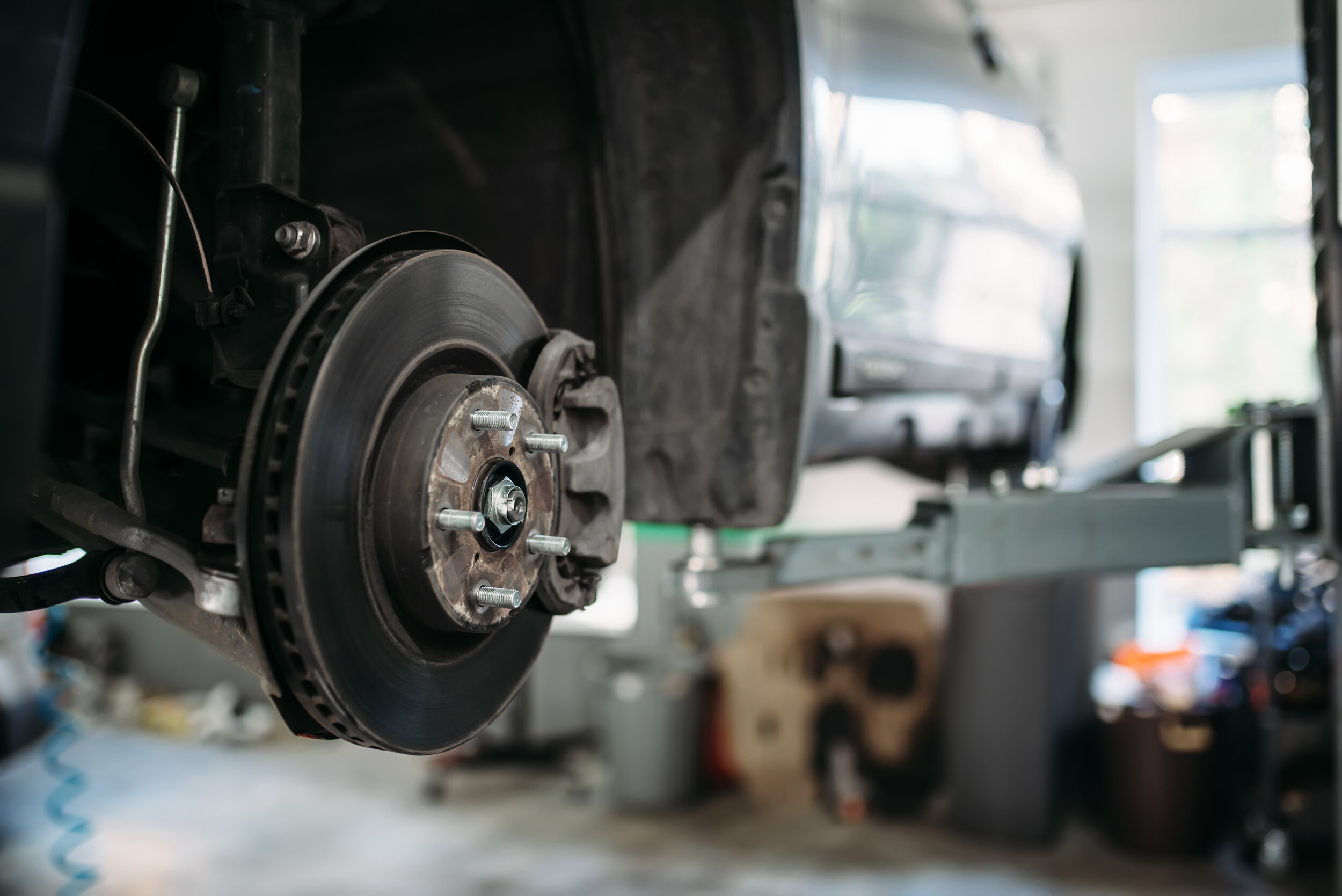
Think about whenever you’ve driven your car and the number of times you press the brake pedal. What kinds of roads are you driving on? Are you driving on an incline or a decline? Your driving habits directly impact your brake system and the frequency with which it need to be serviced. A few of the most common reasons include:
1. Dirt and Debris
Brake fluid becomes contaminated over the years with pollutants and natural deterioration of the fluid. These particulates cycle via the brake system indefinitely until the fluid is flushed and replaced. This means that the brakes end up much less effective, making your vehicle much less safe to drive, and may cause further damage in the longer term.
2. Moisture
Moisture accumulation is a major issue when it comes to the brakes. Brake fluid is a hygroscopic type of liquid which means it absorbs moisture from the surroundings naturally (an everyday example of this form of liquid would be honey). Moisture may collect more rapidly if you stay in a especially humid region. Ultimately, as more moisture is present, the fluid starts to boil instead of maintain it’s viscosity. Have you ever observed your brakes feel extra “squishy”?
3. Fluid loss or air in the line
A vehicle’s fluid can also additionally become low due to a leak or from normal use. As your brake pads, shoes, rotors, and drums wear down, more space is created between components while in the resting position. Inevitably, more fluid is needed to make certain the fluid is reaching the wheels, accordingly reducing the overall level. Air will enter the brake line to fill the vacuum created by the excess use of fluid. It may begin with spongy brakes but will cause brake failure if left unattended.
What Happens during a flush
The process is simple but requires attention to detail and a little experience… Here is what you can expect:
Old fluid is drained – The first step is to cautiously remove the dirty, worn out, and depleted fluid.
Remove debris – Next, the brake system itself will be cleaned out to make certain that all dirt, grime, and gunk is removed.
Check for rusted or damaged pieces – If you haven’t been following a factory recommended maintenance schedule, rust, corrosion, or debris may not be easily cleared from the brake system. It is possible your vehicle will need repairs before proceeding.
Replace brake fluid – The final step in the method is to replenish the brake fluid. Adding in the new fluid effectively renews your brake system and could provide you with a fresh off the lot feel.
When should I get a brake fluid flush?
Rust, corrosion, and debris buildup can quickly impact your driving and your car’s brake system. Wear and tear is normal which is why it is so critical to address the problem as soon as it presents to avoid costly, extensive damage over time. It is recommended that a brake flush service should be performed every 30,000 miles or 2 years, whichever comes first. If you are a frequent driver, or frequent long journey, keep an eye on your brakes and watch for any changes in performance.




